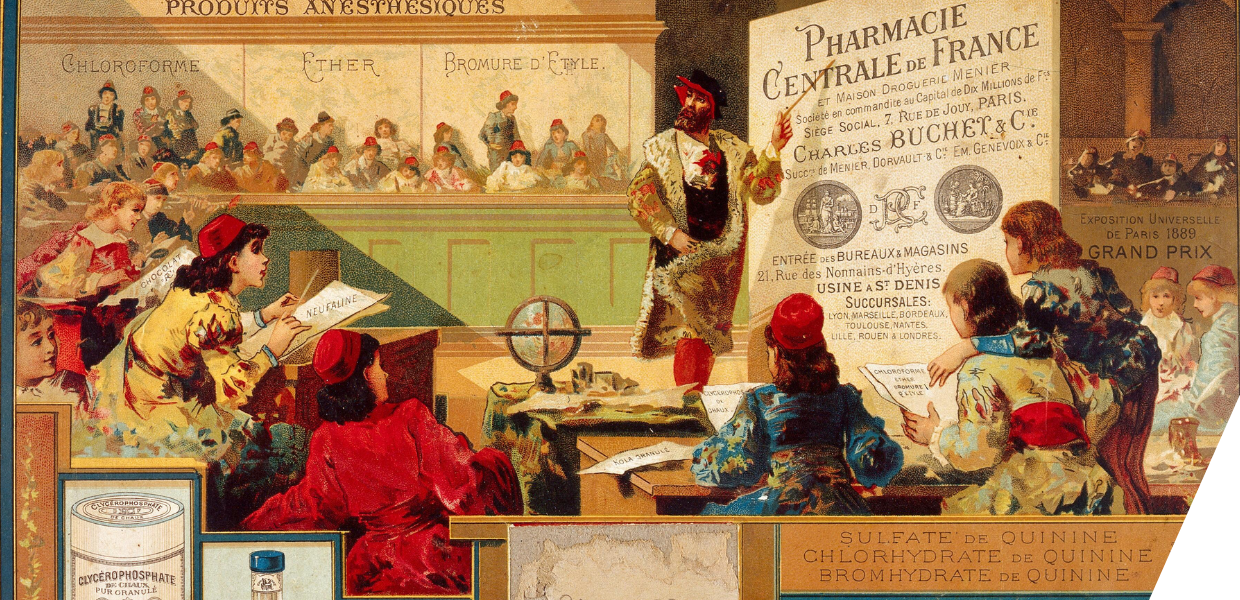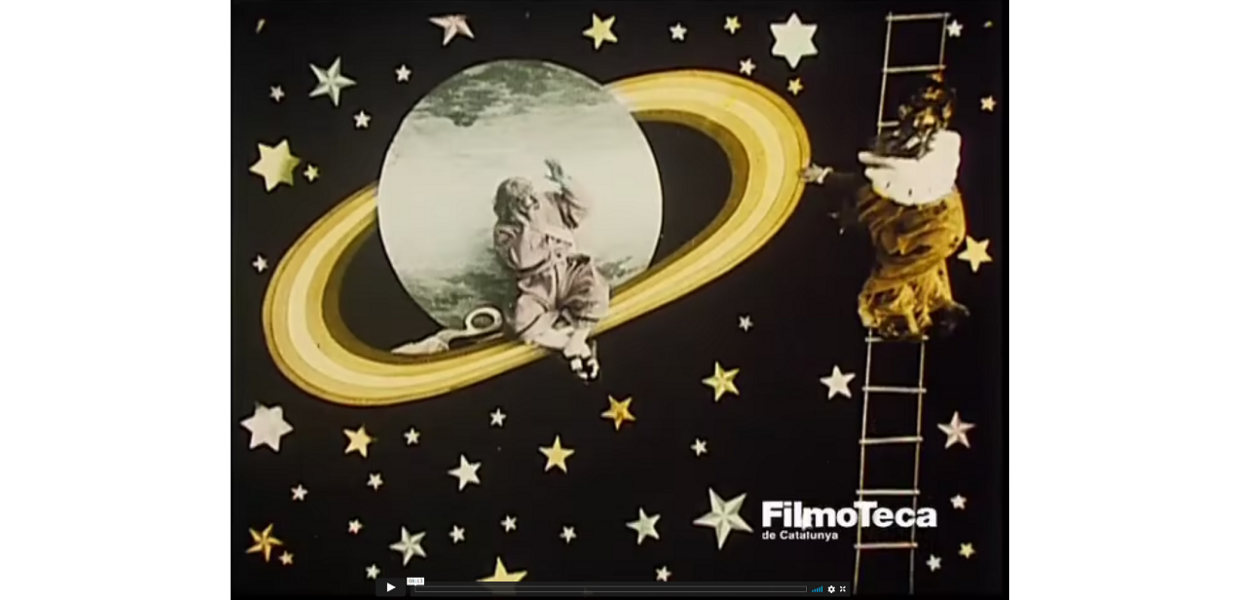I’m a teacher - can I copy and use anything I find on the web for educational purposes?
Certain educational uses of copyright protected works – such as films, music, books, and images – are allowed in most EU countries. Many educational institutions hold licences that allow their staff and students to use protected materials in certain ways. At the same time, copyright law offers various opportunities to reuse existing materials without permission, such as using works that are in the public domain or protected works under copyright exceptions. You are also free to use works distributed under Creative Commons licences. The rights statement you can find below each item available on the Europeana website is a good starting point to understand what you can do with the work.
I found an incredible video for my lessons on YouTube. Can I use it?
As with any other copyright material, videos on YouTube can be used either with permission from the copyright owner (usually the creator of the video) or under copyright exceptions. The Standard YouTube Licence only allows users to watch or listen to the content for personal, non-commercial use. However, if you want to screen a YouTube video for educational purposes (for example, to prompt a discussion with your students on certain topics), this is likely to be allowed by copyright exceptions.
Some videos on YouTube are distributed under Creative Commons licences, meaning that anyone can reuse them under certain conditions. Another great source of audiovisual content that can be used in the classroom is EUscreen, which offers free online access to thousands of items of audiovisual heritage covering landmark events from the 20th and 21st centuries.
When and how should I credit the author/source of audiovisual media? Can you give me some examples?
It is always good practice to credit the author and source of the audiovisual content you use for educational purposes. It is often also legally required; in addition to economic rights, in most jurisdictions authors hold moral rights such as the right of attribution, that is the right to be identified as the author of the work. Certain copyright exceptions explicitly require acknowledgement of the authors. All Creative Commons licences also require attribution. So whether you are using an audiovisual work with permission from the copyright owner (for example, under a CC or other licence), under a copyright exception or because copyright in the work has expired, it is always advisable to credit the authors of the work.
When using Europeana items, credits should include the title of the work and its authors, the date of creation, the source (institution and country providing the item) and type of licence or copyright status (e.g. Public Domain). You can see an example of how this could work in practice below.




